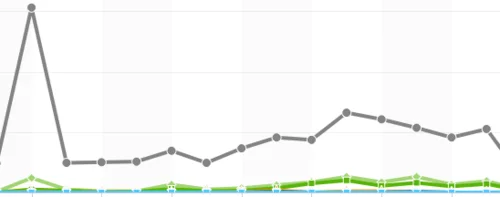Email best practices
How to measure the performance of your transactional emails?

Email best practices

To measure a newsletter’s performance and compare it to previous campaigns is clearly a beneficial practice. On the other hand, broaching the subject in regards to transaction emails is…less obvious.
This is less evident because transactional emails are typically sent from a system that does not support tracking (CMS or others). But also, it often stems from a lack of interest, as no one concerns themselves with their performance.
Nevertheless, by measuring the effectiveness of your transactions, it is possible to optimize your transactional emails and generate additional sales. If optimization is a topic for another article, let us consider the different measurement points for transactional emails.


As we have seen, the different measuring points for transactional emails are the same as those used for analyzing marketing emails. When you send a newsletter, you are able to view the results after a week. For transactional emails, it’s very different. Indeed, as they are sent continuously, it is difficult to draw definitive conclusions based on the results. The analysis should be done on a different basis.
It is particularly interesting to study the seasonality of transactional email to detect factors influencing the analyzed results. To analyze this seasonality, it may be beneficial to visualize the results on a graph aggregating data each week. This weekly data will then be compared to various factors that can influence campaign performances (specific actions, vacation, holidays…).
In conclusion, the main focus of statistical analysis of transactional emails lies in the performance variations between different types of emails and the level of response (opens, clicks…), but also across a period of time.